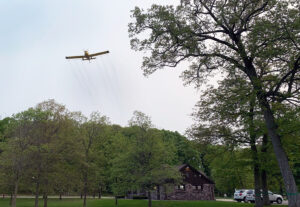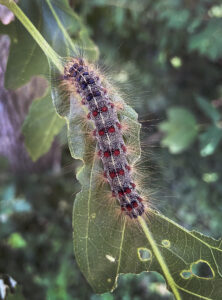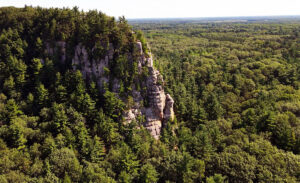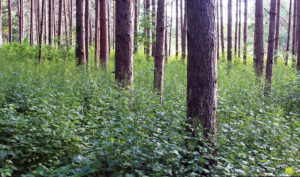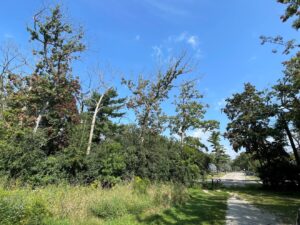By Shahla Werner, Urban Forestry Council Member and Department of Agriculture, Trade and Consumer Protection Plant Protection Section Manager
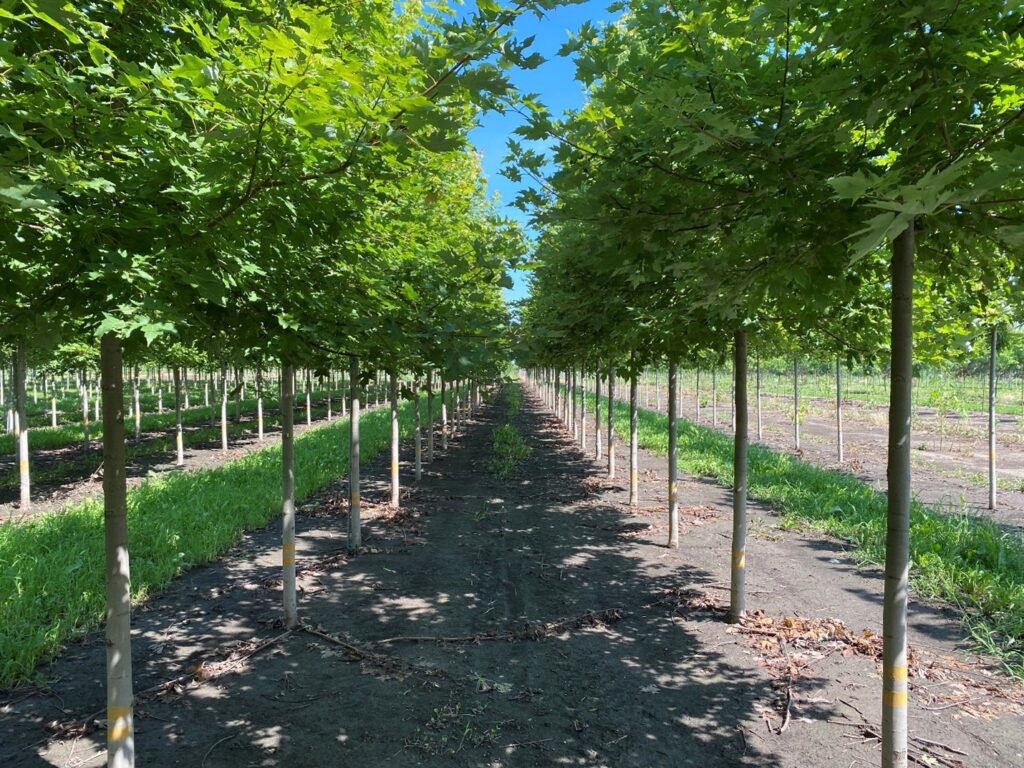
Urban foresters are increasingly aware of the importance of tree species, age and size diversity to ensure resilient tree canopy and all the associated benefits in their communities. The 20-10-5 rule, which specifies that no more than 20% of trees planted should be from one family, no more than 10% from one genus and no more than 5% from one species (including cultivars), can be helpful in setting tree diversity goals. Applying these guidelines can provide urban forests some protection against huge losses caused by invasive forest pests. Continue reading “Resources to Help Urban Foresters Set And Meet Tree Diversity Goals”

 For the last few years, our urban forestry team has been writing social media posts for Wisconsin communities to post during Arbor Week. We encourage you to use social media to celebrate the many benefits of trees and inform the public about the importance of tree care.
For the last few years, our urban forestry team has been writing social media posts for Wisconsin communities to post during Arbor Week. We encourage you to use social media to celebrate the many benefits of trees and inform the public about the importance of tree care.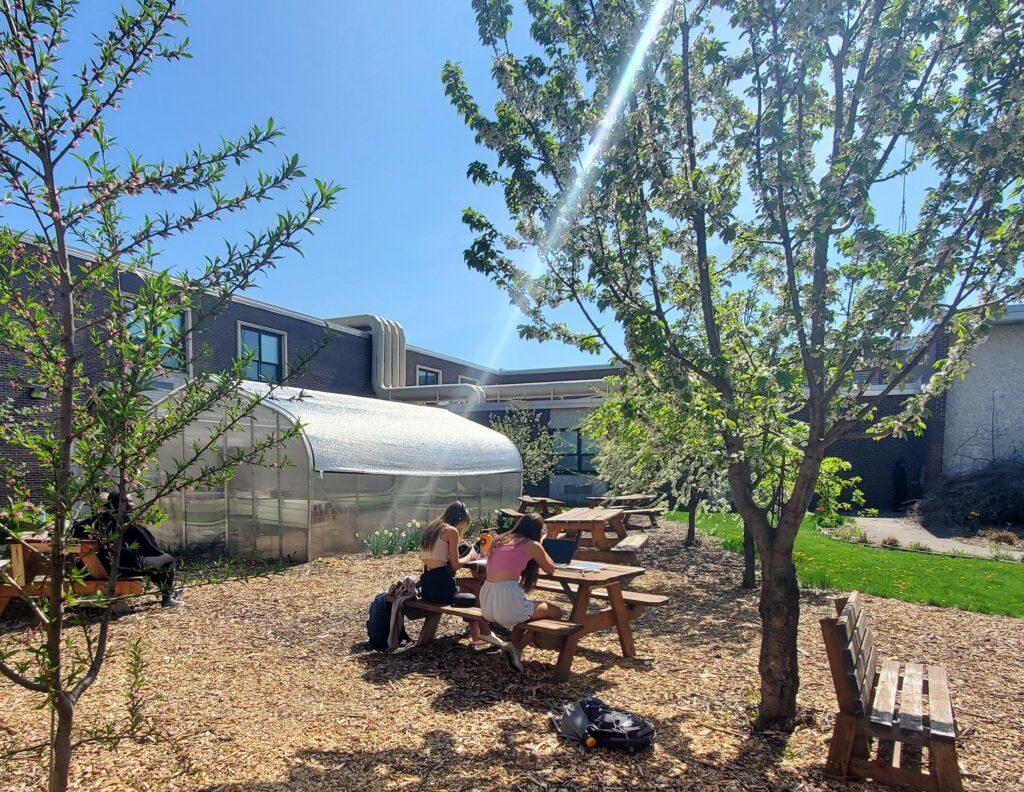 Schools that connect students to nature and trees can register as a Tree Campus K-12 site. This Arbor Day Foundation program recognizes schools that inspire the next generation through experiences with nature inside and outside of the classroom. Schools need to meet four program goals to qualify.
Schools that connect students to nature and trees can register as a Tree Campus K-12 site. This Arbor Day Foundation program recognizes schools that inspire the next generation through experiences with nature inside and outside of the classroom. Schools need to meet four program goals to qualify. 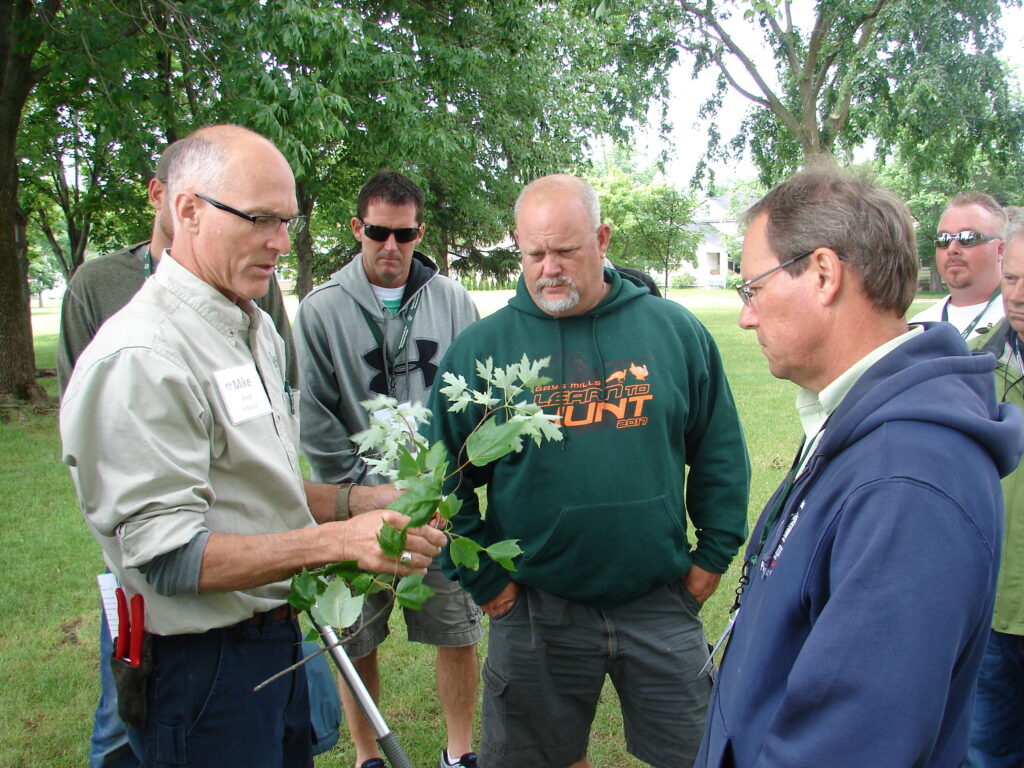 *These training opportunities are provided as an information service only and do not constitute an endorsement from the Wisconsin Department of Natural Resources (DNR).
*These training opportunities are provided as an information service only and do not constitute an endorsement from the Wisconsin Department of Natural Resources (DNR).